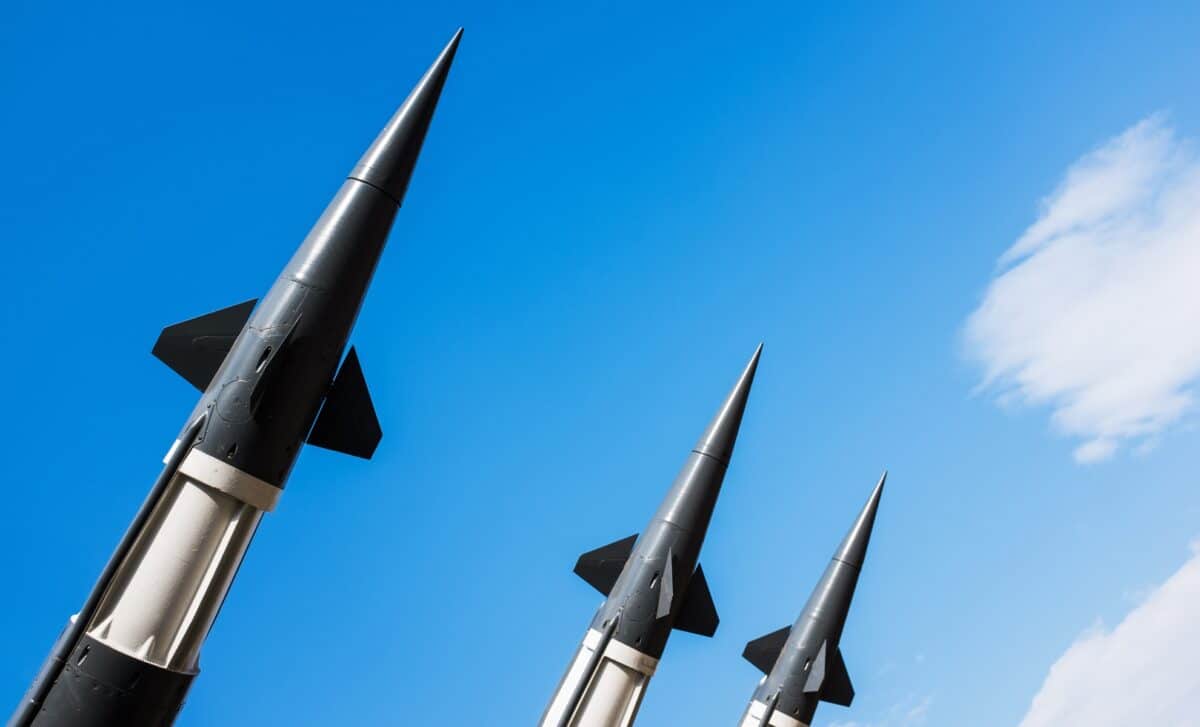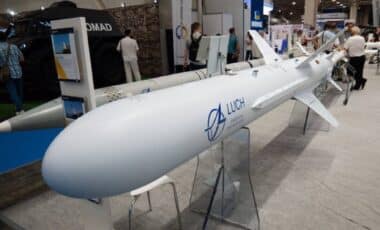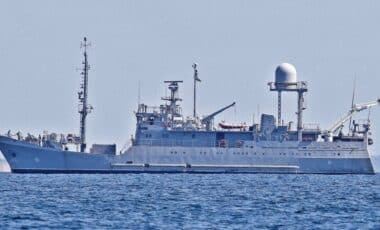The United States Marine Corps recently conducted a simulated missile strike exercise in the Philippines using the Navy-Marine Expeditionary Ship Interdiction System (NMESIS). This military drill took place on the Batanes Islands in the Luzon Strait, a strategic maritime gateway near contested waters where China has increased its naval activity, reports Newsweek.
This exercise is part of the larger KAMANDAG 9 war games designed to enhance coordination between U.S. and Philippine forces. It reflects growing U.S. efforts to maintain open sea lanes and counter China’s expanding naval presence in the Indo-Pacific region, especially around the First Island Chain.
Leaked Photos Show China’s J-36 from the Front—and It’s Not What Anyone Expected
Strategic Positioning of the NMESIS System
During the KAMANDAG 9 exercise, the U.S. Marine Corps deployed the NMESIS, a ground-based launcher armed with two Naval Strike Missiles, to the Batanes Islands in the Luzon Strait. According to the Marine Corps, the missiles have a range of 115 miles and were used in a simulated maritime interdiction operation. This operation aimed to disrupt potential enemy forces or supplies moving through key maritime terrain.
The NMESIS launcher was transported by aircraft to the island and remotely operated from a concealed position, supporting the objective of securing vital sea lines of communication. The Third Marine Littoral Regiment, a Hawaii-based unit specializing in amphibious and littoral warfare, carried out the exercise. No live firing occurred during the simulated strike, which instead used intelligence and reconnaissance assets to detect and track targets.
Geopolitical Significance of the Exercise
The location of the exercise on the Batanes Islands holds strategic importance due to its proximity to the Luzon Strait, a key maritime route linking the South China Sea to the Philippine Sea. This area is part of the U.S. containment strategy focused on the First Island Chain, which includes allied territories such as Japan, Taiwan, and the Philippines.
According to the Pentagon, China operates the world’s largest navy by hull count, with more than 370 ships and submarines in service. The Chinese military has increased naval operations around the Philippines, including the recent transit of a Chinese aircraft carrier through the Luzon Strait in late April. The U.S. military’s simulated interdiction exercises reflect ongoing efforts to counterbalance China’s growing naval capabilities in these contested waters.
Enhancing Allied Military Coordination
The U.S. Third Marine Division highlighted the increased ability of U.S. and Philippine forces to coordinate complex operations during the KAMANDAG 9 maritime key terrain security operation. According to Lieutenant Colonel Patrick Schrafft, fire support coordinator for the Third Marine Littoral Regiment, the simulated strikes demonstrated the regiment’s value to the combined joint forces.
The exercise emphasized all-domain operations, combining land-based missile systems with intelligence, surveillance, and reconnaissance assets to create a “kill web” capable of identifying and engaging maritime targets.
While the future presence of the NMESIS system in the Philippines beyond the exercise remains unclear, such drills underscore the importance of the U.S.-Philippine alliance in maintaining security in the Indo-Pacific region.








